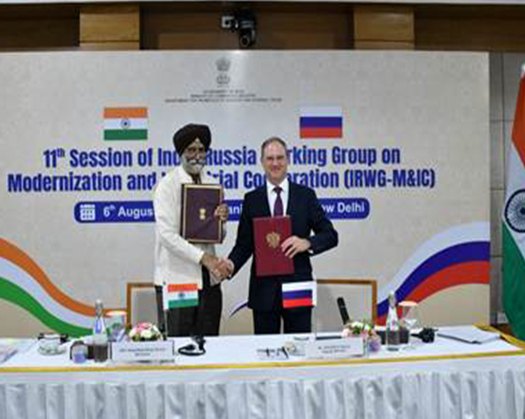According to a recent study, climate change likely increased Pakistan's monsoon rainfall, making floods more hazardous.
The assessment from World Weather Attribution, a team of international scientists that investigates the role of global warming in severe weather, was published on Thursday.
Pakistan's monsoon rains are variable, occurring between June and September. According to the country's meteorological agency, the country received more than a third more rain, or 36%, in July than the previous year.
However, according to the WWA experts, climate change has increased rainfall by 10% to 15% between June 24 and July 23 in Pakistan.
According to climate experts, a hotter atmosphere contains more moisture, which can make rain more intense.
Every tenth of a degree of warming will result in increased monsoon rainfall, according to Mariam Zachariah, lead author of the WWA study and an environmental researcher at Imperial College London.
On July 16, 2025, rescue personnel carried inhabitants to safety by boat from a inundated village in Punjab province's Taunsa district following severe rain.
Pakistan is susceptible to catastrophic floods.
According to Pakistan's government, at least 300 people were killed, nearly half of them youngsters, as a result of floods, heavy rain, and other weather disasters between June 26 and August 3, 2025.
The majority of the victims were killed by collapsing buildings.
Pakistan's fast urbanization, with individuals frequently living in makeshift shelters in flood-prone regions, makes the South Asian nation very susceptible during the monsoon season, the report said.
According to Maja Vahlberg of the Red Cross Red Crescent Climate Centre, who co-authored the WWA research, half of Pakistan's urban people lives in vulnerable communities where floods destroy dwellings and kill people. Building flood-resistant dwellings and avoiding development in flood-prone locations can help to mitigate the effects of severe monsoon rain.
Pakistan, with a population of 250 million people, has suffered various catastrophic monsoon seasons, causing extensive and devastating flooding.
This year's floods follow deadly high waters in 2022 that killed over 1,700 individuals during the monsoon.
Earlier this week, Pakistan's disaster management organization released new flood advisories, stating that rainfall might cause major rivers to overflow and flash floods in the upper and central areas.
Heavy rains lash South Asia.
Heavy monsoon rains have caused a string of catastrophes that have impacted South Asia, particularly the Himalayan region, in recent months.
A hamlet in northern India was impacted by floods and landslides earlier this week, killing at least four people and leaving hundreds more missing.
In July, overflowing glacial lakes caused floods that swept away an important bridge connecting Nepal and China, as well as several hydropower dams.










